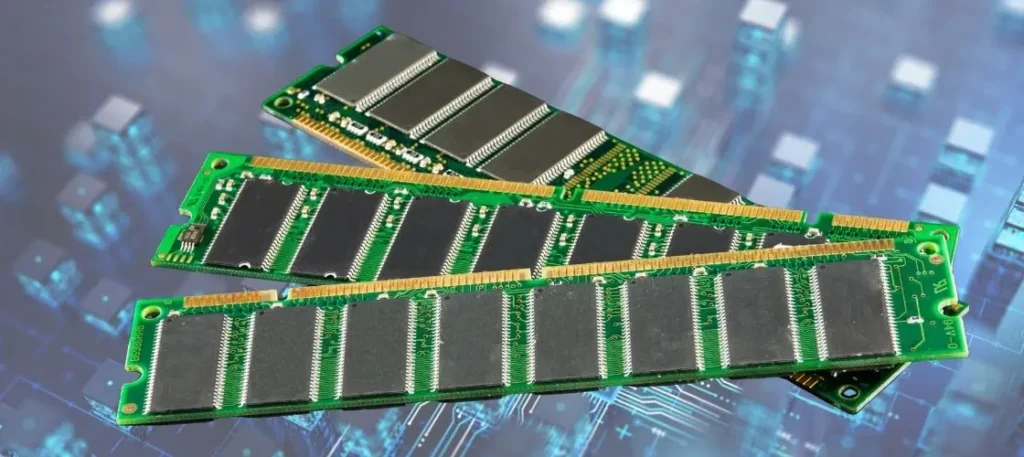STEATITE INSIGHTS
Tech Explained News & Insights
- Categories
- FEATURED INSIGHT
Preparing for the DDR5 Era
Memory technology is one of the critical pillars enabling system performance, efficiency, and scalability. For nearly a decade, DDR4 (Double Data Rate 4) SDRAM has…

- Tech Explained Insights
- Tech Explained
- September 2025
Preparing for the DDR5 Era
Memory technology is one of the critical pillars enabling system performance, efficiency, and scalability. For nearly a decade, DDR4 (Double Data Rate 4) SDRAM has…
- Tech Explained
- July 2025
Why Military-Grade Computing Isn’t Just for the Military
As digital adoption increases, we see a growing interest in technologies originally developed for high-stakes military environments. Among these, military-grade computing stands out for its…
- Tech Explained
- July 2025
Windows or Linux? Choosing the Right Operating System
In computing applications, the choice of operating system (OS) is a critical decision that impacts reliability, security, cost, and long-term maintainability. For engineers specifying computing…
Can’t find what you need?
Get in touch with our technical specialists to discuss your specific requirements and see if we can offer a solution.
